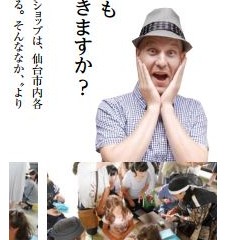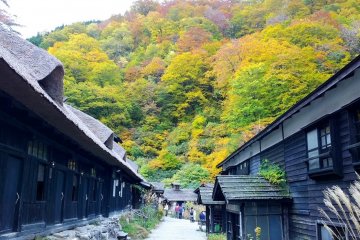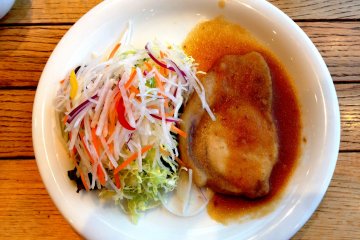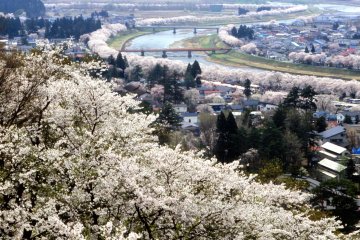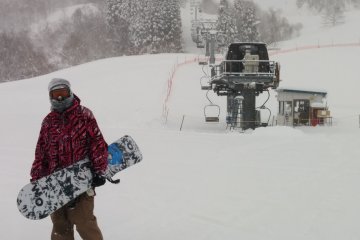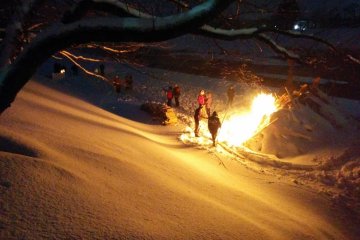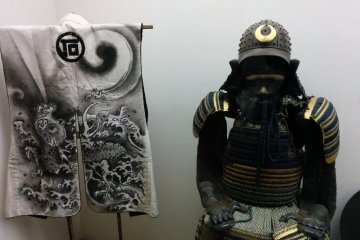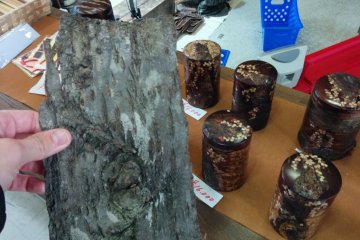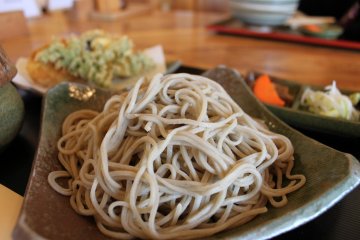Much of Akita Prefecture is still a mystery to travelers. Famous for picturesque nature complemented by soothing hot springs or the more adventurous world class skiing resorts and fire festival activities help make Akita one of the most attractive tourist destinations in Japan. These days it is easier than ever to start an adventure in Akita with the bullet train lines, inexpensive farm stay programs, and English tourism information. I had the chance to visit the increasingly popular rural tourism options in Akita by journeying to the Semboku region cities of Tazawako and Kakunodate.
My journey started at the Tazawako Ski Resort. The limited buses or taxis will take you to Tazawako Ski Resort from Tazawako Station. Having never skied I was both terrified and excited, but soon was put at ease by the friendly and professional staff. Most staff did not speak English, but with their gestures, simple words, and written English displays, you should not expect any trouble. At the resort is a rental shop, a pro shop, an extensive cafeteria featuring local ingredients, and even a ski school with daily lessons. I didn't have the time for a lesson, but a helpful local offered to show me the basics. Professionals will not be disappointed here either with various course difficulties and back country/snow trekking tour options. The resort hosts local, national, and occasionally international winter sporting events such as the 2015 FIS Free Style Ski World Cup mogul event. After my skiing (tumbling?) experience it was time to soak in the mineral waters of Nyuto Onsen.
Nyuto Onsen is an area known for its healing hot springs and the famous Tsurunoyu Onsen resort. There are hourly Ugo-Kotsu line buses from Tazawako Station to the Nyuto Onsen area. Get off at Arupa Komakusa bus stop and the Tsurunoyu courtesy shuttle will pick you up. In a 15 minute ride you'll be taken back 350 years to the same place the second lord of Akita Yoshitaka Satake and Iwashiro Kameda sought therapy sessions for their weary samurai souls. Rustic wooden buildings stand proudly along the approach. The building on your right is an oasis from the cold with its wood-fed furnace, while on the left is the front desk and shop. 500 yen grants you day access to the resort's four different baths, each with a different mineral composition. The general public can bathe 10:00-15:00. After that hotel guests can enjoy an evening bath, followed up with mouthwatering Japanese cuisine served in their rooms.
For those seeking more, follow the sound of laughter by crossing the bridge and joining mixed gender bath. The wide outdoor bath, with its milky water surrounded by rock formations, is a postcard worthy scene. In the past, there were many of these "konyoku" dotting Japan, but with changing social norms, an opportunity to experience such a thing has become rare. Men and women change in separate locker rooms and women have a special entrance where they can submerge before heading out to the central bath.
I had one more adventure before calling it a day. Every February 13th and 14th, the town of Kakunodate celebrates their own fire and snow festival called Hiburi Kamakura. In the evening in many locations around town (maps provided), locals and tourists alike gather to see brave participants whirl flaming pieces of straw on a rope in circles over their heads. The dancing fires in the night are both hypntotic and thrilling. The materials and organization is taken care of by local groups and organizations and anyone is allowed to participate in the events.
During the evening, I took advantage of the farm stay program offered nearby. Staying in a traditional style house with two home cooked meals only costs 6000 yen (6500 in winter), which is less than many hotels. Every experience would be different as some houses have families and others could be a single person welcoming visitors. Chatting with my "Farm Mother'' about the local area and my home town while eating the amazing food she made for me is a great memory I will have forever. With this unique farm stay program, you are guaranteed the best of rural hospitality even extending to your host picking you up and dropping you off at the nearest station.
Before leaving, I had a chance to explore the historical samurai housing. Independent samurai residences, brilliant local crafts, and a few museums are located on the same main streets. The tourism center staff in front of Kakunodate Station can assist with luggage storage, loads of multi-lingual pamphlets, and even complimentary boot rental service during winter.
When you take away the magical temples of Kyoto and mega structures of Tokyo, you start to return to Japan's roots: nature and people. An escape to the cities of Kakunodate and Tazawako in the Semboku region in Akita let's you experience both in grand fashion. While the skiing and samurai town were amazing, I found chatting with the locals at the hot springs and relaxing at my farm stay to be some of my fondest memories. When you are ready to get out of the city rural Japan is calling.


